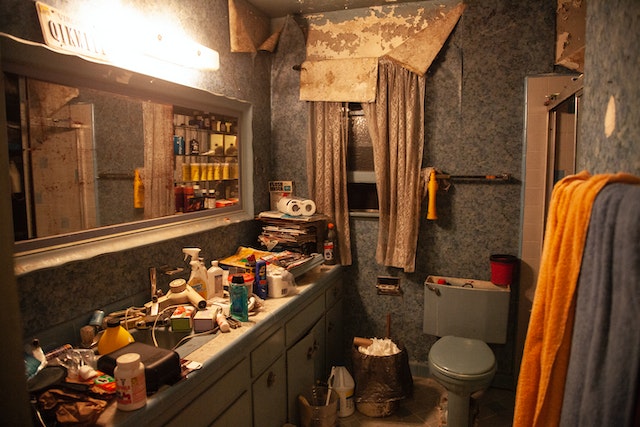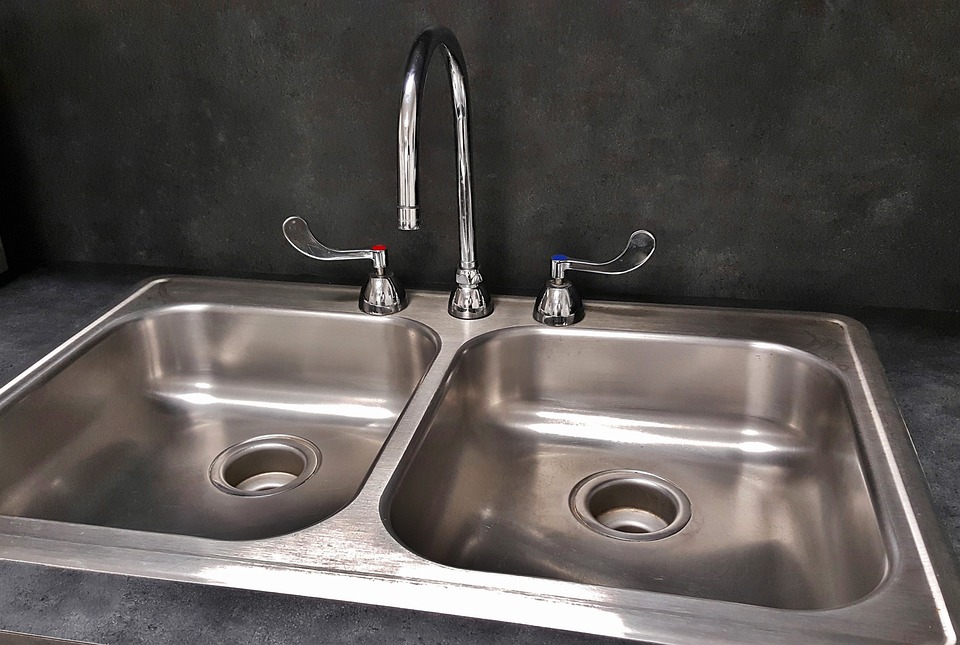A smelly drain in the bathroom can be a common problem that many people experience. The odor can be unpleasant and can make the whole room feel unclean. The good news is that there are many ways to get rid of smelly drains in the bathroom, and with a few simple steps, you can make your bathroom smell fresh and clean again.
In this blog, we will explore the causes of smelly drains in the bathroom and provide a step-by-step guide on how to get rid of them.
Causes of Smelly Drains in the Bathroom
Before we dive into how to get rid of smelly drains in the bathroom, it’s essential to understand the causes. Here are some of the most common reasons for smelly drains in the bathroom:
- Bacteria and Mold: Bacteria and mold can grow in the drain and cause an unpleasant smell. These microorganisms thrive in damp and dark environments, making bathroom drains the perfect breeding ground.
- Hair: Hair can accumulate in the drain and cause a blockage. As the hair decomposes, it can produce a foul odor.
- Soap and Shampoo Residue: Soap and shampoo can leave a residue in the drain, which can contribute to a foul smell. Over time, this residue can build up, leading to clogs and an unpleasant odor.
- Sewer Gas: If you notice a sulfuric smell coming from your drain, it could be due to sewer gas. Sewer gas can enter your bathroom through dry plumbing traps or cracks in the pipes.
Now that we have identified the causes of smelly drains in the bathroom, let’s explore how to get rid of them.
Step-by-Step Guide to Getting Rid of Smelly Drains in the Bathroom
Step 1: Clean the Drain
The first step to getting rid of smelly drains in the bathroom is to clean the drain thoroughly. Here’s how to do it:
- Remove any hair or debris from the drain using a pair of tweezers or a drain snake.
- Pour boiling water down the drain to dissolve any soap scum or other residue that may be contributing to the smell.
- Mix equal parts baking soda and white vinegar, and pour the mixture down the drain. The mixture will create a fizzing reaction that will help break down any remaining debris and eliminate the odor.
- Let the mixture sit in the drain for at least 15 minutes, then flush the drain with hot water.
Step 2: Use a Plunger
If the odor persists after cleaning the drain, the next step is to use a plunger to dislodge any remaining debris.
- Remove the drain cover.
- Fill the sink with enough water to cover the plunger.
- Place the plunger over the drain and pump it up and down for about 30 seconds.
- Check to see if the water drains correctly. If the water drains properly, the odor should be gone.
Step 3: Use a Drain Snake
If the odor persists after cleaning the drain and using a plunger, the next step is to use a drain snake.
- Insert the drain snake into the drain and turn the handle to maneuver it through the pipes.
- Keep moving the snake back and forth until you feel resistance.
- When you encounter resistance, turn the handle clockwise to break up any debris.
- Remove the snake and run hot water down the drain to flush out any remaining debris.
Step 4: Check the Plumbing Traps
If the odor persists after using a drain snake, the problem may be due to dry plumbing traps. Plumbing traps are U-shaped pipes under the sink that prevent sewer gas from entering your home. If the trap dries out, sewer gas can enter your bathroom and cause a foul smell




